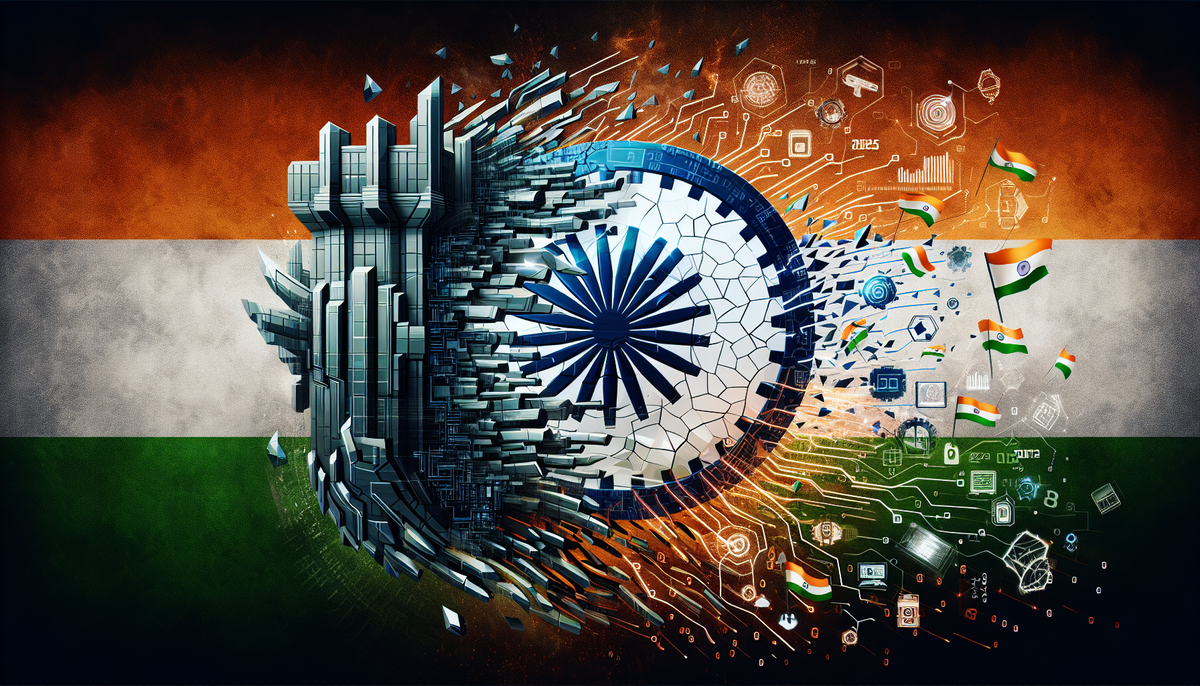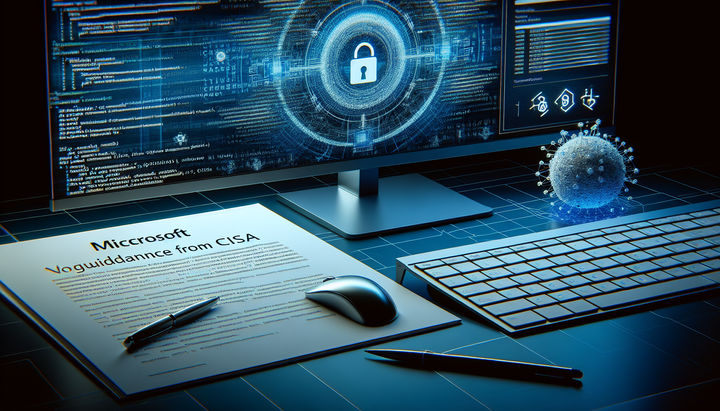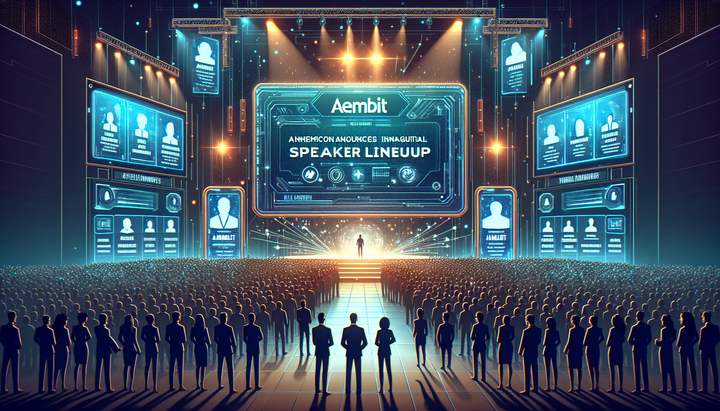Breaking the cycle: Strengthening India’s cybersecurity in 2025 - ETCISO.in

Latest News on India's Cybersecurity 2025
Cybersecurity Regulations in India:
- Cybersecurity Regulations for the Power Sector: The Central Electricity Authority (CEA) under the Ministry of Power (MOP) has drafted cybersecurity regulations for the Indian power sector. These regulations aim to protect information, equipment, devices, and communication devices from unauthorized access, use, disclosure, disruption, modification, or destruction1. The regulations also mandate regular reviews and updates to adapt to evolving cyber threats, ensuring the regulations remain relevant and robust.
Cybersecurity Threat Trends in India:
2. AI-Powered Attacks: Security experts predict that AI-powered attacks will continue to evolve in 2025, making them more personalized, faster, and harder to detect. These attacks will leverage AI-based automation to target security gaps and weaknesses, including finely tuned phishing emails and highly adaptive malware2. The rise in multi-channel, multi-stage attacks is also expected, which will infiltrate one platform and then expand laterally to others.
Challenges in Indian Cybersecurity:
3. Identity-Based Attacks: Identity-based attacks are on the rise, with 75% of attacks to gain initial access being malware-free. Adversaries are increasingly targeting interconnected domains within a victim’s architecture, including identity, cloud, endpoint, data, and AI models. These attacks leave minimal footprints, making them difficult to detect5.
AI in Cybersecurity India:
4. AI Security: The use of AI in cybersecurity is transformative and rapidly evolving. As adversaries target AI services and large language models (LLMs), protecting the integrity and performance of AI systems is crucial. Security teams will need specialized technology to monitor AI services, detect misconfigurations, and identify vulnerabilities. This unified protection across the entire cloud estate is essential for safeguarding data and applications5.
Summary
- Regulatory Framework: The Indian government is strengthening its cybersecurity regulations, particularly in the power sector, to manage evolving cyber threats.
- AI-Powered Threats: AI-powered attacks are expected to become more sophisticated, personalized, and harder to detect in 2025.
- Identity-Based Attacks: Identity-based attacks are rising, targeting interconnected domains with minimal footprints.
- AI Security: The integration of AI in cybersecurity requires specialized technology to monitor AI services, detect misconfigurations, and address vulnerabilities.
These developments highlight the need for robust cybersecurity measures in India, particularly with the increasing reliance on AI and interconnected systems. Effective implementation of these measures will be crucial for ensuring the nation's continued development and protecting critical infrastructure from cyber threats.


